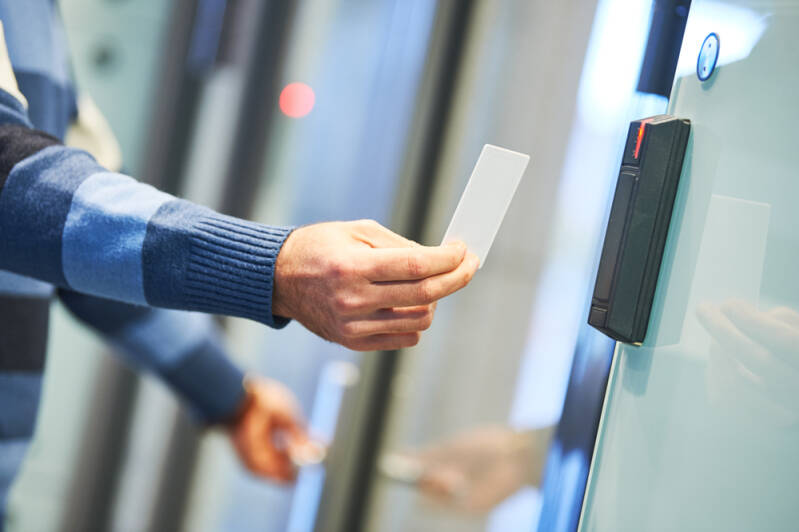As Miami continues to grow and evolve, the importance of robust security measures becomes increasingly evident. Access control Miami are crucial in safeguarding properties and assets, but their effectiveness relies heavily on proper installation and maintenance. This document outlines the essential precautions and best practices for installing access control.

1. Conduct a Comprehensive Site Assessment:
Before installation begins, conduct a thorough site assessment to identify potential vulnerabilities and determine the most suitable access control Miami solution. Consider factors such as the property's layout, existing infrastructure, and specific security requirements.
2. Choose the Right Technology:
Select access control Miami technology that aligns with the property's security needs and budget. Options range from traditional keycard systems to advanced biometric readers and mobile access solutions. Ensure compatibility with existing security systems for seamless integration.
3. Secure Network Infrastructure:
Access control Miami systems often rely on network connectivity for operation and remote management. To prevent unauthorized access control or tampering, ensure that the network infrastructure is robust and secure. Implement encryption protocols and regular network security audits.
4. Proper Placement of Access Points:
Strategically position access points to effectively control entry and exit points while minimizing congestion and bottlenecks. Consider factors such as foot traffic patterns, emergency evacuation routes, and ADA compliance when determining access point placement.
5. Implement Redundant Systems:
Implement redundant components such as backup power supplies, controllers, and failover mechanisms to mitigate the risk of system failure or downtime. Redundancy ensures continuity of operations even in the event of hardware or power failures.
6. Train Personnel:
Provide comprehensive training to personnel operating and managing the access control Miami system. Ensure they understand system functionalities, emergency procedures, and protocols for granting or revoking access rights. Regular refresher training sessions are recommended.
7. Regular Maintenance and Upgrades:
Schedule routine maintenance checks and software updates to ensure optimal performance and security of the access control. Address any hardware malfunctions or software vulnerabilities promptly to prevent potential security breaches.
8. Compliance with Regulations:
Adhere to local regulations and industry standards governing access control Miami systems, such as building codes, data protection laws, and industry-specific guidelines. Compliance ensures legal and regulatory obligations are met while maintaining security standards.

Conclusion:
Installing access control Miami requires careful planning, implementation, and ongoing maintenance to safeguard properties and assets effectively. Property owners can enhance security by following best practices and taking necessary precautions while adapting to the dynamic landscape of modern threats.
Add comment
Comments